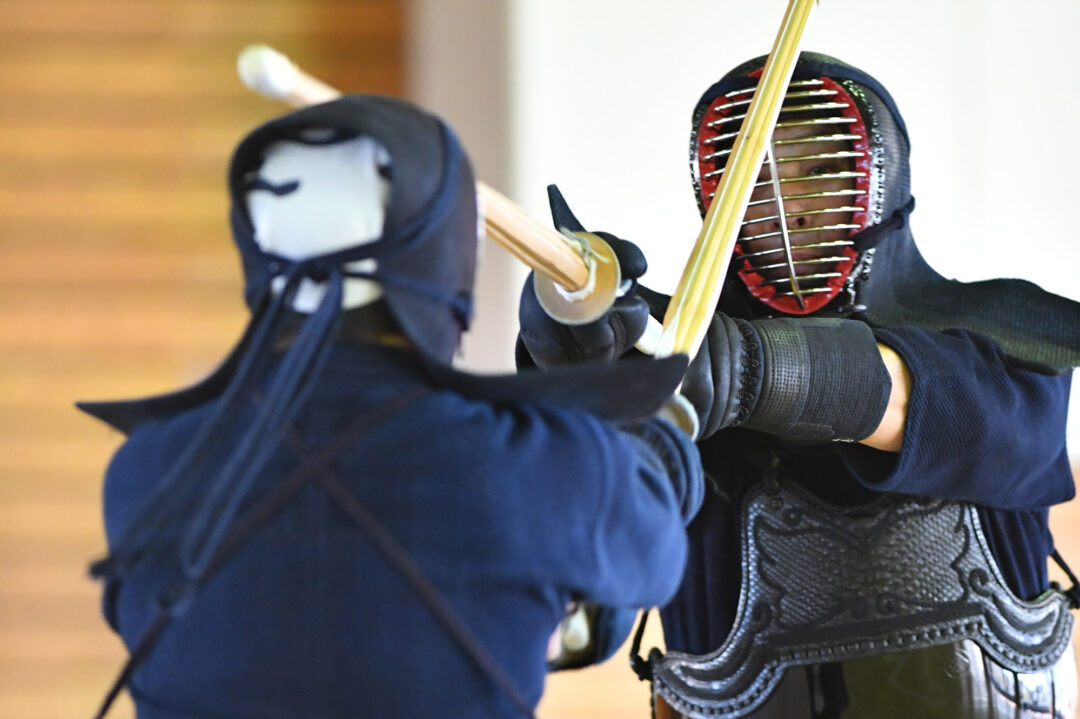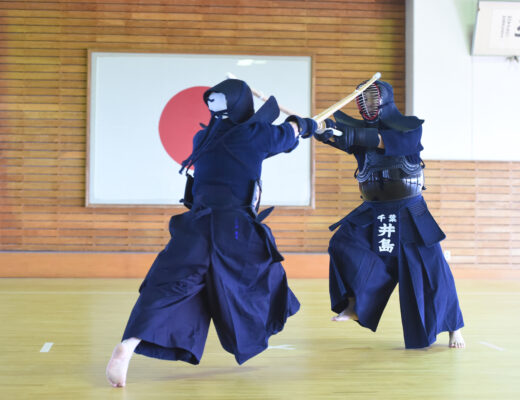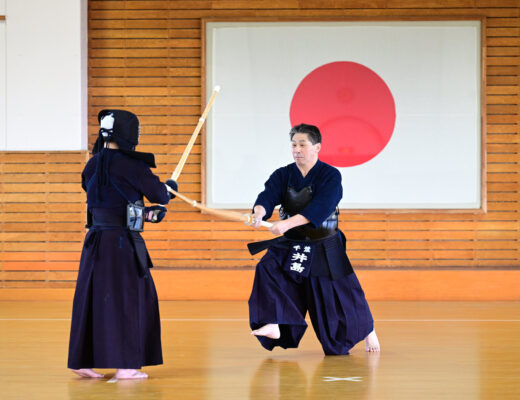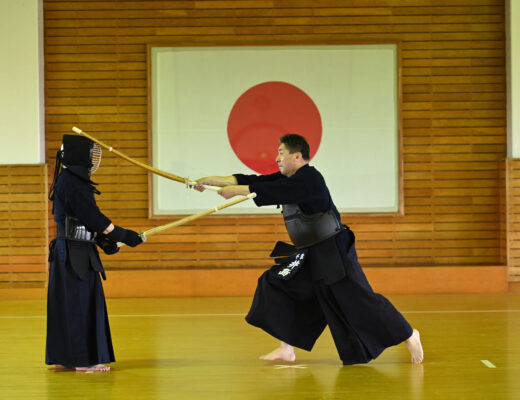2021.1 KENDOJIDAI
The All Japan Kendo Federation has announced the provisional match and referee rules until COVID-19 resides. The most important thing to polish up for competition are, yet again, Men-techniques. A top-tier Kendoka explains in detail the points to keep in mind in order to attain an Ippon that everyone will acknowledge.
Elevate your Kendo through refinement of Men-techniques
Why are Men-techniques so important? According to Ijima Sensei, we need to understand the reasoning behind it, and recognize the correct Men-techniques and -strikes for each respective age and skill level. He explains the impressions that Men-techniques can give, the basic concepts, and specific training methods.
Ijima Akira, 8th Dan Kyoshi
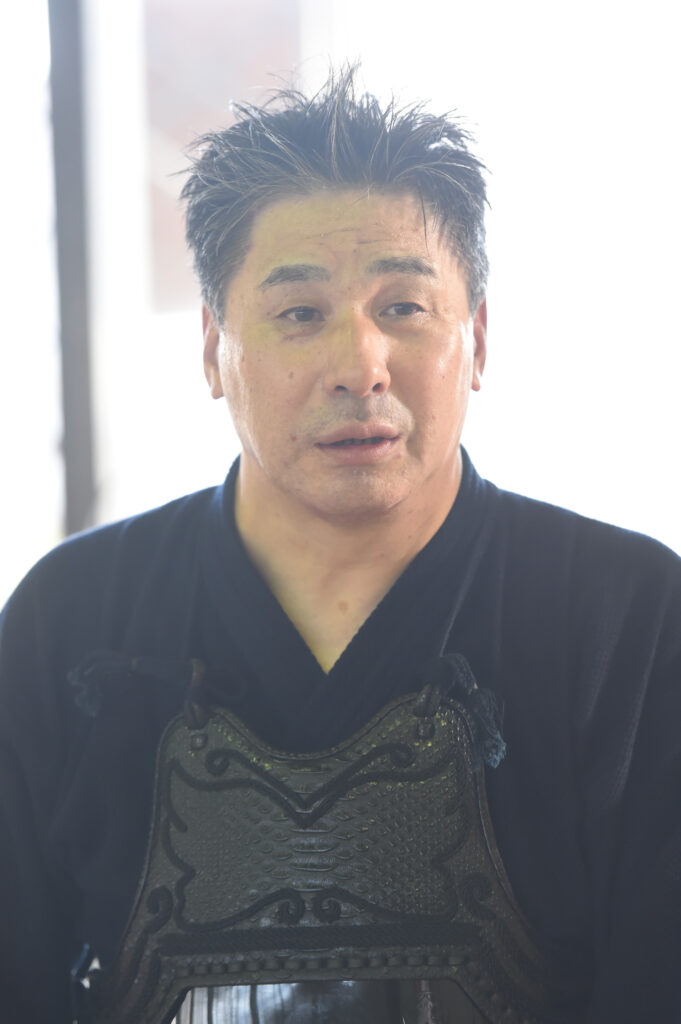
It is said that kendo begins and ends with the Men, and it is important to understand the reason why the Men-techniques and Men-strikes are so important. Rather than just refining them, we should understand the reasons behind their value. There are various ways of thinking about this, but one of the first is that Men-techniques and Men-strikes are basic to all techniques, especially for those who are in a teaching position. On the other hand, depending on how you look at it, it is more difficult to achieve an effective strike by Men than with Kote, Do, or Tsuki. Because of this difficulty, training in Men-techniques will lead to the mentality that kendo advocates, “Never give up on a challenge”.
Furthermore, Men-techniques can be considered as big techniques. On the other hand, Kote-techniques are more like small techniques. Rather than learning small techniques over and over again, focusing on learning large techniques will subconsciously lead to learning small techniques. On the other hand, learning small techniques over and over again does not necessarily lead to acquiring big techniques. I believe that this is another reason why it is important to focus on improving your Men-techniques and Men-strikes.
When I was young, I studied under Nakano Yasoji Sensei (9th Dan Hanshi) and Masao Komorizono Masao Sensei (9th Dan Hanshi), who were known as the swordsmen of the Showa era. When I think back on the Men-techniques of both masters, I remember that Nakano sensei was skillful in his footwork and use of the Kensaki, and he attacked without hesitation.
Komorizono sensei, on the other hand, did not make any unnecessary movements at all, but instead faced his opponent squarely and used his Men-techniques to break the center of the opponent. When I think about it again, I can still clearly see the idealism of both Sensei’s Men-strikes, in which they overwhelmed their opponent with their spirit and truly “won through Seme first and then struck”.
In short, Men-techniques can only be achieved by striking with abandon and applying superior Seme to the opponent. In Keiko and Shiai, we are often told to strike Men with abandon but rarely to strike Kote, Do or Tsuki with abandon. I believe that this is where the value and importance of Men-techniques comes from.
Komorizono sensei always said, “Refine your Men-technique and use it as a weapon”. When you are young, you may be considered a skilled fighter and get good results with your dexterous techniques, but as you get older and your training level increases, there will be times when your own Kendo will no longer work. That is why I believe that taking the center from your opponent and performing Men-techniques cultivates a sense of abandon and leads to strength in Seme.
From this point of view, I am grateful to Komorizono sensei for explaining the importance of Men-techniques, which has become a cornerstone of my Kendo and teaching.
In addition, it is not enough to do Keiko on Men repeatedly in order to refine your Men-technique. If you apply Seme to your opponent as if you are going to strike Men, and their Kensaki goes up, you can strike him with Kote. If you apply Seme to your opponent as if you were going to perform Tsuki, the Kensaki will open or get lowered, and you will be able to strike Tsuki or Men. In this way, if you practice Men-techniques with the intent of applying Seme, you will surely improve the quality of your Kendo.
Next, there is the idea of using Mitori-geiko (observation training) as a way to improve your Men-techniques. One of these is the All Japan Kendo Enbu Taikai (commonly known as the Kyoto Tournament), held every May in Kyoto City. As you may know, many Kendoka from Japan and abroad participate in this tournament. Among them, the superhuman Men-techniques performed by the Hanshi Sensei is a great opportunity for us to learn from them.
When I was in my thirties or so, I was incredibly impressed to see the Men-techniques of Narazaki Sensei (9th Dan) of Saitama Prefecture. Narazaki Sensei’s Men-techniques came to be known as “Narazaki Men” and attracted a lot of attention. I remember that during Tachiai, there was always a lot of tension in the hall, wondering where this “Narazaki Men” would appear. And when Narazaki-sensei struck his signature Men, the audience would gasp and shout in admiration, which is still one of my most precious Tachiai memories.
So, in Kendo, you cannot seek improvement in technique only through rehearsing practical skills. In addition to practical skills, thinking is also important. Thinking includes watching, learning and imitating. If you can balance this with practical skills, it will surely be more effective.
Men-techniques are the foundation and launchpad of all techniques
The rest of this article is only available for Kendo Jidai International subscribers!

